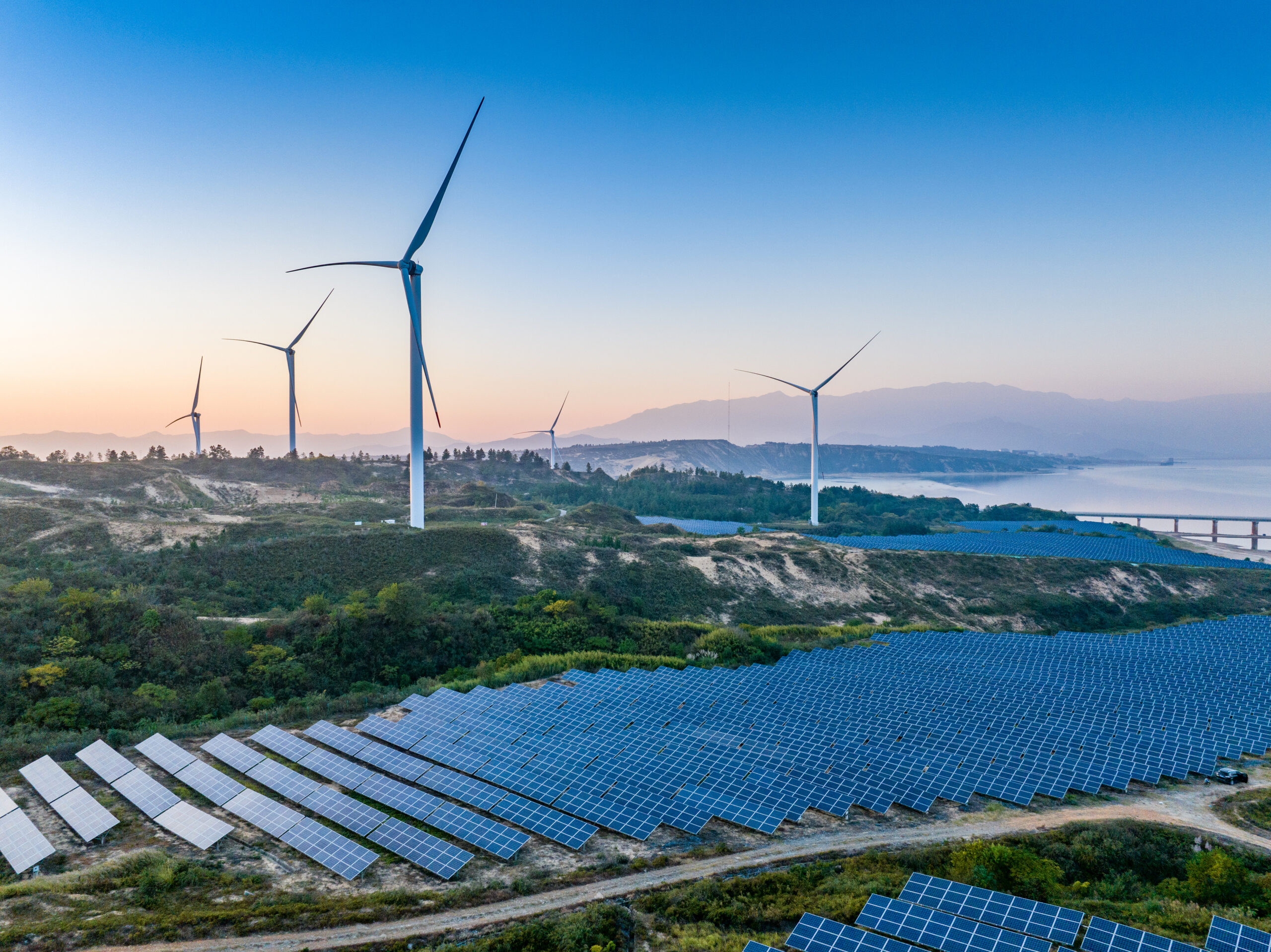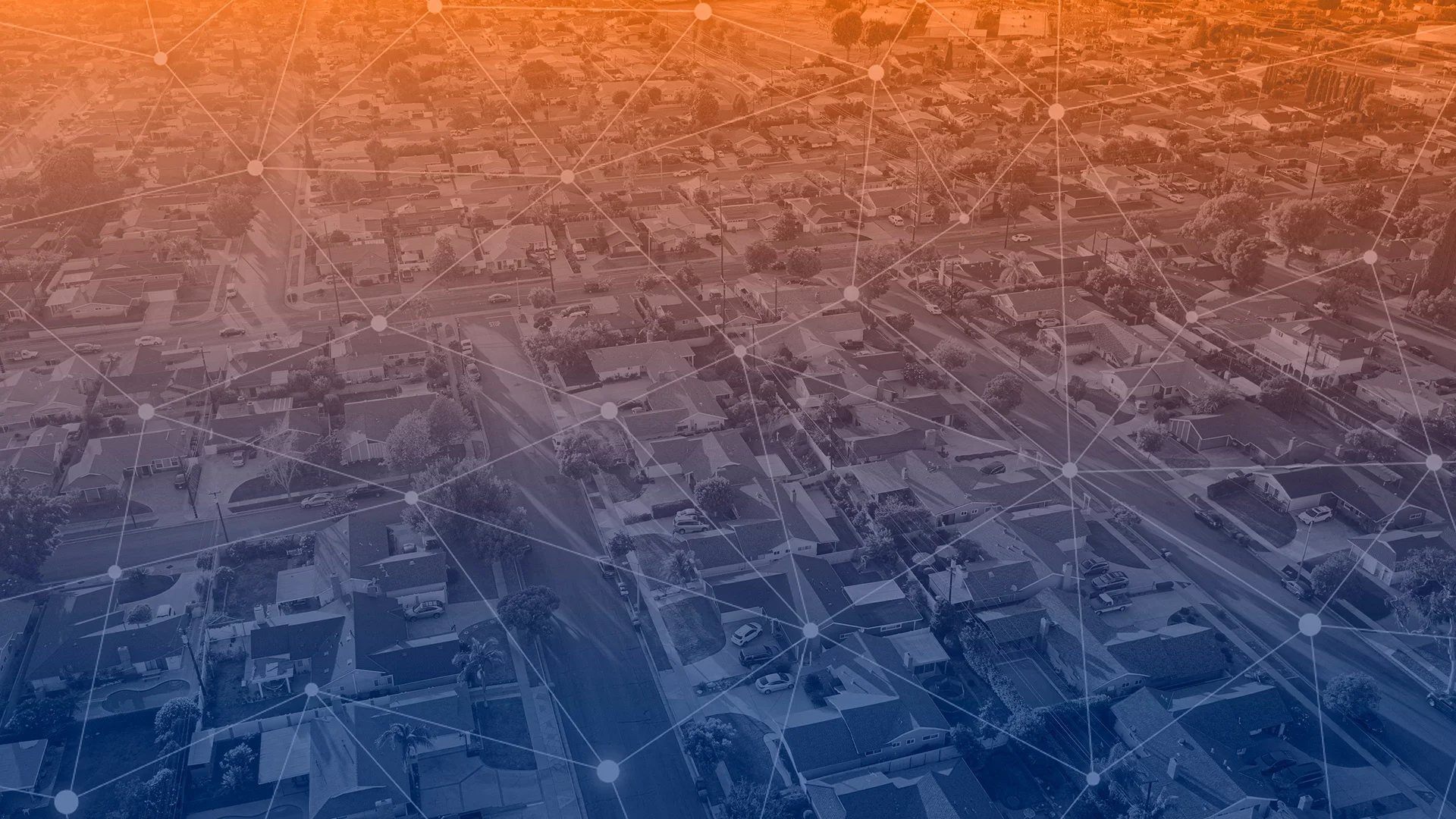The role of electric utilities in the United States is evolving to a more customer-centric model for a variety of factors, including changes in technology, regulations, and consumer expectations. As a natural monopoly, electric utilities have remained most often focused on providing reliable and affordable electricity to their constituency, with little emphasis on customer experience or engagement. However, as the energy landscape continues to shift toward the deployment of more intermittent renewable energy sources and distributed generation, utilities are continually adapting to new market conditions and customer behaviors. Fortunately, the proliferation of distributed energy resource (DER) technologies including solar, wind, and battery storage presents opportunities for utilities that can aggregate these resources into a virtual power plant.
The Economic Potential of Virtual Power Plants & Distributed Energy
When combined with the right price signals through more advanced rate designs and incentive structures, utilities can maximize customer investments in distributed energy resources like electric vehicles, smart HVAC systems, and water heaters through a variety of demand flexibility strategies. Each of these technologies represents available resources that enterprising utilities can use to decrease costly energy expenditures and increase grid resiliency. For example, when paired with customer-sited solar and battery storage utilities can maximize the value of DER technologies through programs like battery, managed charging, and virtual power plant programs to name a few opportunities.
Programs like these benefit the participating customer by providing additional savings for their “grid services.” Still, they also help non-participants as well by reducing or delaying investments in costly distribution system upgrades by offering viable (and increasingly available) non-wires alternatives. These otherwise disparate resources can be aggregated into virtual power plants (VPPs) and take the place of traditional peak generation, including costly and dirty peaker plants. While virtual power plants are still a relatively new concept in the electric utility industry, they have the potential to truly transform the way electricity is generated, distributed, and consumed while providing critical benefits to all stakeholders.
How Virtual Power Plants Help Utilities
Virtual power plants can provide electric utility customers with a range of benefits, including improved power quality, enhanced resilience, as well as localized energy savings. Especially with more EVs on the road, national infrastructure developments, and increased consumer adoption of solar, battery, and other DERs, utilities can tap into a rapidly expanding opportunity for communally-driven renewable energies.
By integrating these resources intelligently into the grid through a distributed energy resource management system (DERMS), virtual power plants can help smooth out energy fluctuations, which can cause voltage and frequency variations. One of the key benefits of virtual power plants is their ability to provide grid stability and flexibility by balancing the supply and demand of electricity in real-time. Virtual power plants can quickly respond to changes in energy demand and supply by adjusting the output of individual generators within the network. Likewise, they can also provide reactive power support, which helps to regulate voltage levels and maintain system stability.
Finally, virtual power plants can enhance resilience by providing localized backup power during outages. By having a network of distributed resources paired with demand-flexible resources, virtual power plants can continue to provide power even if a portion of the grid goes down, which is why Puerto Rico is currently attempting to incorporate VPPs as a fundamental aspect of their grid. If one DER fails to perform for even a brief period, other DERs within that network of resources can step in and compensate, maintaining a reliable energy supply. This can be particularly important in areas that are prone to natural disasters or other disruptions.
Virtual Power Plants & Rate Design
As you might expect, customers want the lowest rates possible. For customers with demand charges or critical peak pricing rates, virtual power plants can help customers save money on monthly energy costs through more effective demand management. Virtual power plants also enable consumers to become more active participants in the energy market by allowing them to generate and sell excess electricity back to the grid. This can provide a new source of revenue for homeowners and businesses with renewable energy systems and can help to reduce their electricity bills. In summary, VPPs provide customers with greater control over their energy use, the ability to earn revenue by participating in energy markets, and the opportunity to support a more sustainable energy system.
How Virtual Power Plants Are Evolving
The evolution of virtual power plants has also led to the development of new business models for utilities. Rather than simply selling electricity to consumers, utilities can now also provide high-value services such as energy management, enhanced demand response options, and grid optimization to the market. This creates new revenue streams for utilities and can help to reduce their reliance on traditional power generation.
A few examples of virtual power plant projects currently or soon to be operating in the U.S. include:
- Green Mountain Power’s (GMP) battery-focused bring-your-own-device (BYOD) program in Vermont offers customers up to $10,500 toward a home battery purchase. Customers who enroll in their 10-year program allow the utility to access these batteries and other demand flexible devices like smart water heaters and thermostats during peak events. According to GMP, peak events occur an average of 5 to 8 times per month for an average of 3 to 6 hours at a time. Customers are sent an electronic notification at least 4 hours in advance. The program has already proven to be a huge success with over 40 MW of battery storage enrolled and savings of up to $3 million per year for the last three years with a waiting list for new participants through 2024. The program has provided critical support during both summer months and winter storms.
- San Diego Gas and Electric’s Shelter Valley Virtual Power Plant Pilot Project will provide participating customers $100 in gift cards, free smart thermostats, smart plugs, smart controllers, and even free battery storage for select solar customers. The pilot will test how to coordinate the dispatch of customer resources enrolled in the VPP Pilot Project to help balance the supply and demand in conjunction with a nearby renewable energy-powered microgrid.
- Duke Energy Florida is launching a multi-vendor bring-your-own-battery (BYOB) virtual power plant pilot for residential customers to improve grid resilience and reduce peak demand while also lowering energy costs for participants.
The Potential of Virtual Power Plants Conclusion
Overall, virtual power plants are a promising technology for improving power quality, enhancing resilience, and saving energy for those customers who can take an active role in them as well as for those customers who can’t. As the EV and DER markets continue to bloom, utilities will face new challenges to meet increased electric demand. Fortunately, the very same devices that add additional encumbrance to the grid can serve as incredibly useful and practical assets for utilities to lower costs, enhance energy efficiency and security, and increase customer satisfaction.






